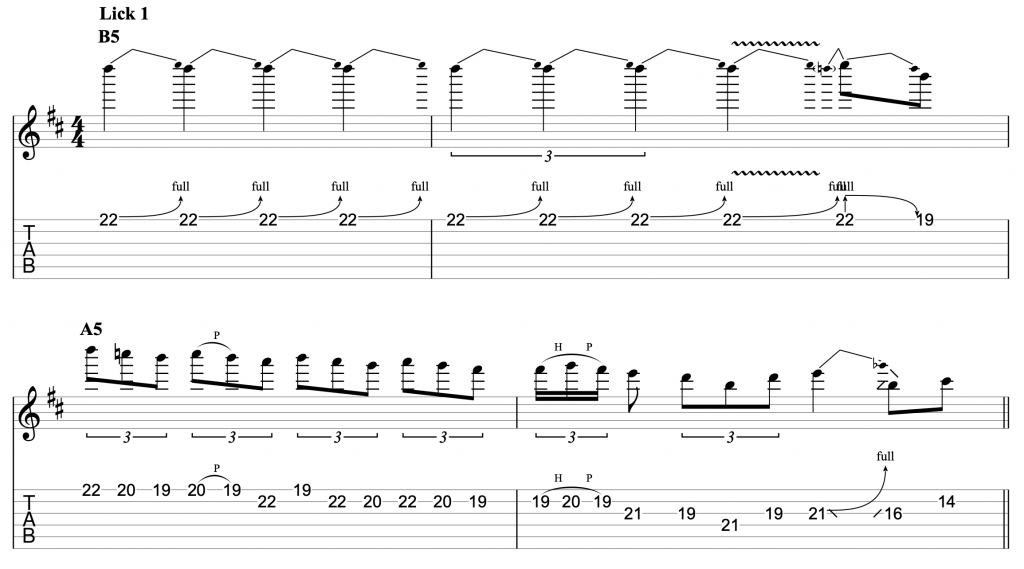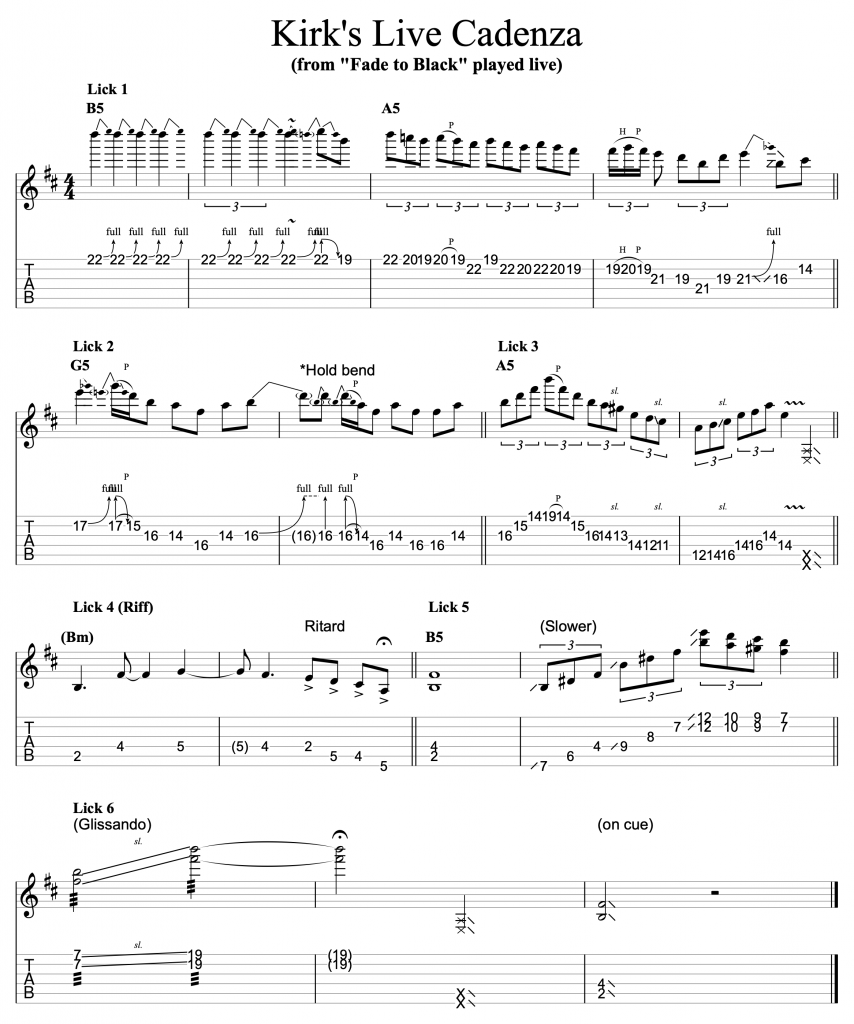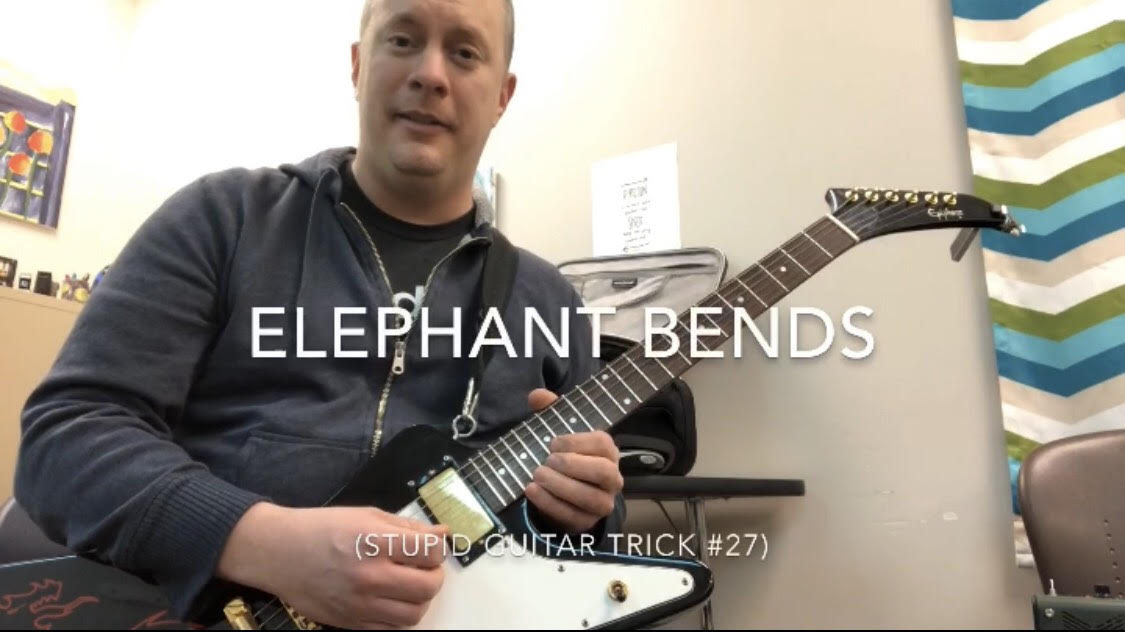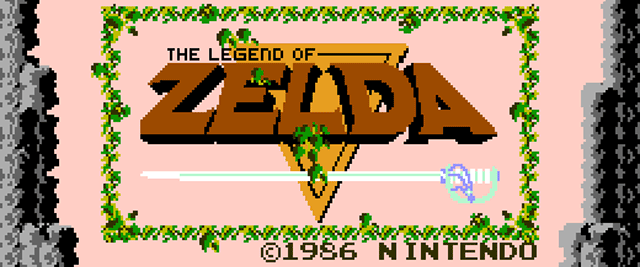
The Secret Sound from the Legend of Zelda is a short, mysterious cue in the game that you’d just unlocked something hidden like a new passageway or discovered a treasure chest. Despite only being eight notes, it is deceptively hard to play, especially on the guitar where there isn’t necessarily one way to play it that is clearly the easiest.
In this lesson, we’ll explore different possibilities on how to play this enigmatic melody as well as cultivate an understanding of balancing playability with what sounds best, theory, tone tips, and practice tips.
Theory: I think of the first four notes (G, F#, D#, A) as coming from a D# Half/Whole Diminished Scale. It might help to think of it as a D# diminished triad (D# F# A) with an added G melody note. It also helps me to visualize a B7b13 chord.
The second beat is an E augmented triad (E G# B# or E G# C, again for simplicity’s sake). Here is an applied harmony. Note that there is no B note in the first group of 4 notes, but relating licks like this to a familiar chord shape can be very helpful.

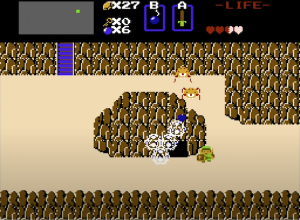
There were plenty of chances to hear the Secret Melody while exploring the overworld, too!
Fair Warning! This lick can be pretty stretchy in certain places on the guitar. Be sure to warm up properly before trying any of the more gymnastic stretches in the following licks. Now, without further ado, here are a few ways to play the secret sound.
Practice Tip 1: As previously mentioned, warming up before playing this lick is a good idea since this melody can be quite technical on the guitar.
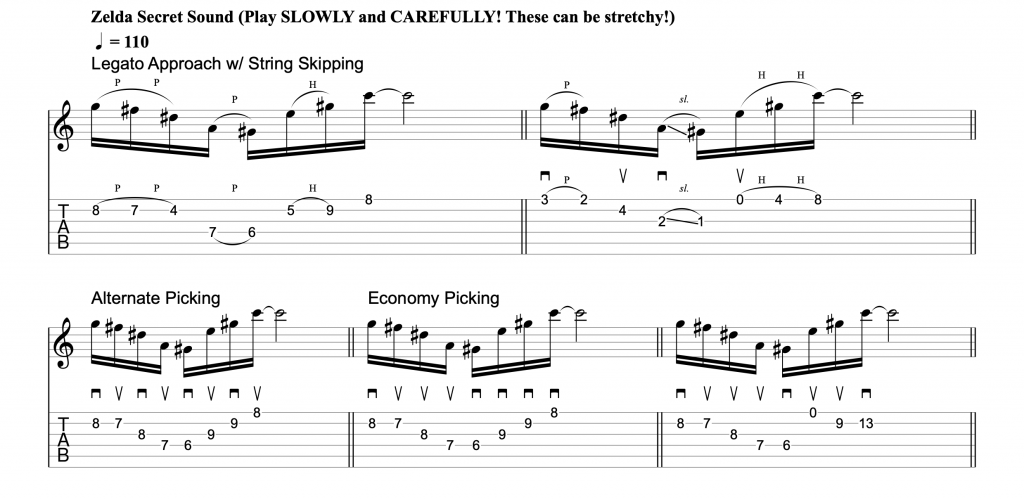
Practice Tip 2: Playing in classical position can be very helpful to facilitate the stretches that are involved with many of these options. Put your guitar on your left thigh, then prop you left foot up with a classical foot stool ideally. Don’t worry if you don’t have a classical footstool; a chair, some books, or your guitar case will do in a pinch, too.

Classical position makes stretchy licks and chords much more accessible!
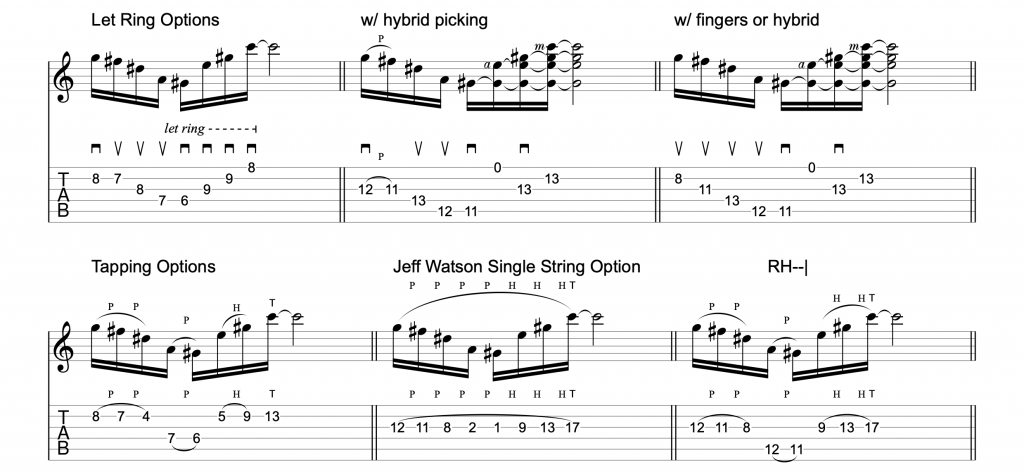
Practice Tip 3: The “Popcorn Exercise.” This exercise involves muting the fret hand notes, but still picking the strings as you would with any lick that you’re working on. The resulting muted sound on each string kind of sounds like popping popcorn to me (hence the name). This exercise works wonders for sorting out pick hand problems.

Once you feel comfortable with the picking hand, try the licks again.
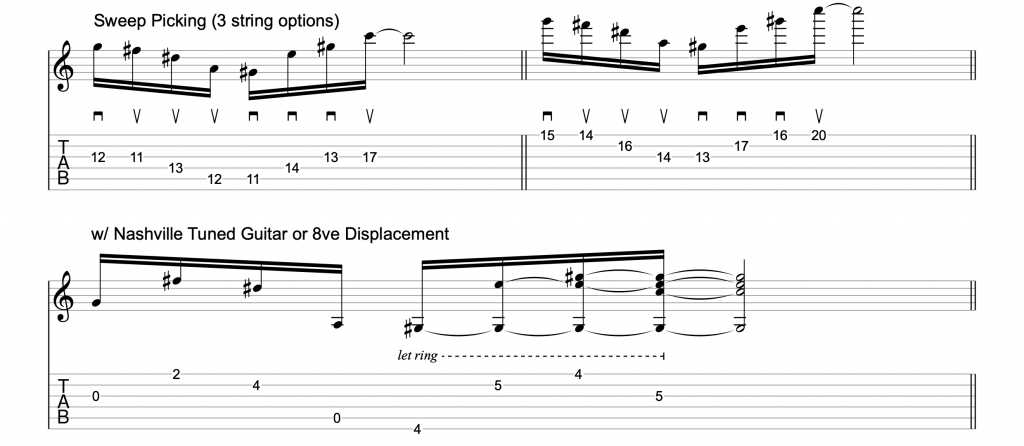
To hear these options in action, check out this video.
A few more considerations…
Sound vs. Playability: Balancing the best sounding version with playability is a crucial skill and it’s especially important when what you’re playing is tricky. In general, picking the best sounding way to play something is the most important, but choosing an option that is playable and naturally repeatable is a very close second priority. Both options need to be considered carefully when deciding how to play something that is difficult to play.
Tone Tips: In my YouTube video where I play through most of these options, I used a clean sound with a very light amount of gain and a healthy amount of reverb to simulate the sound of the melody happening in a cavernous dungeon, which is where Link often discovers secret items and passageways. For a shreddier or more fusion-like sound, try adding some distortion to the mix.
*Here are a couple of bonus ways to play the secret melody that are not in the YouTube video lesson. They’re both fingerpicking options and one has a Jake E Lee chord in it (thumb on the fretboard from below).

Thanks for checking out this lesson. Have fun!


